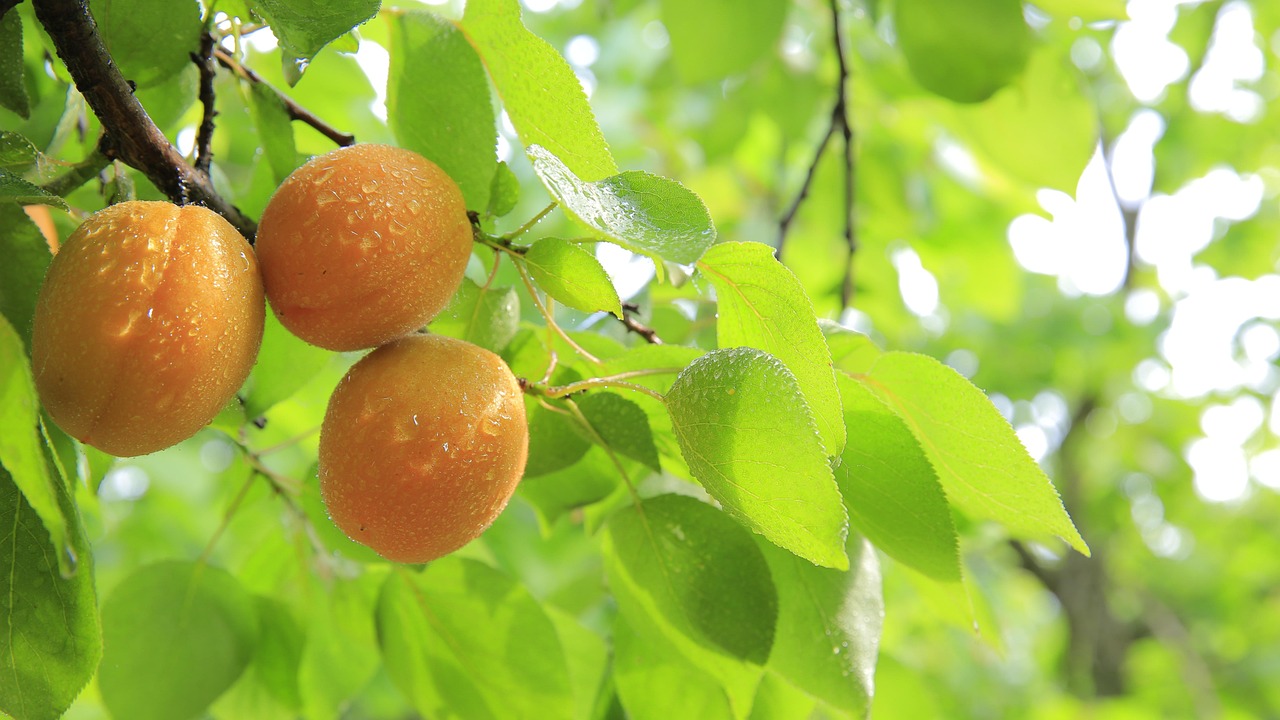
The annual mean temperature was 0.7 degrees Celsius higher than the year before.Continue reading

April frosts caused significant damage to many orchards. Farmers have the possibility to partially mitigate the damages through the agricultural compensation scheme, the Hungarian Chamber of Agriculture (HCA) pointed out on Wednesday in a statement.
There were unusually heavy night frosts between 6 and 9 April, which caused significant damage to flowering orchards. Damage must normally be reported within fifteen days of the occurrence of the agricultural damage. The deadline for notification is May 31 at the latest, the NAK pointed out.
Temperatures have fallen to below minus 2 degrees Celsius at night in many places during the first days of April, which can cause significant crop losses in flowering crops, and there have also been frosts of minus 4 to minus 6 degrees Celsius.
Almost all over the country, apricots and almonds have blossomed, and peaches, cherries, sour cherries and plums are starting to flower or are already in flower, and even with protection, frosts have caused serious damage to these crops, the Chamber pointed out.

Photo: Pixabay
They recalled that, as the Ministry of Agriculture had also informed, the agricultural damage compensation scheme provides an opportunity to partially mitigate the damage caused by the spring frost. Farmers affected should in any case submit an electronic damage declaration to the agricultural damage assessment body (county government office). This is necessary in order to ensure that farmers receive compensation for the damage in the future, provided that the other conditions for aid are met. In order to be eligible for compensation, care must be taken at the time of notification of the damage. The Hungarian Chamber of Agriculture’s experts offer assistance to farmers throughout the country in filing damage claims.
Frost damage has become a regular occurrence in recent years and is caused by the weather changes associated with the climate crisis.
It has a double effect, Agrárágazat pointed out. On the one hand, the average temperature in the Carpathian Basin is warming faster than the global average, which is also the reason for mild winters, especially in February. Early fruit varieties are starting to set earlier, with bud break up to 15-20 days earlier than in the past. Then, in March and April, the Arctic cold snaps devastate the buds and flowers that are opening.
After the last 8-10 years, it is clear that this is no longer a transitional period, but a trend that is likely to become permanent, or even worsen. Over the last 30 years, the national average for the last spring frost was April 10, then shifted to April 19 between 1970 and 1980, giving a 4.2 times greater chance of frost.
In particular, producers of apricots, cherries, sour cherries, grapes and apples need to develop new adaptation strategies as soon as possible, as some simulations show a reduction in yields of 85-90% by 2050-2060 compared to today due to spring frosts.
The severe frost damage is likely to keep apricot prices high this year.
Via Hungarian Chamber of Agriculture, Agrárágazat; Featured photo via Pixabay